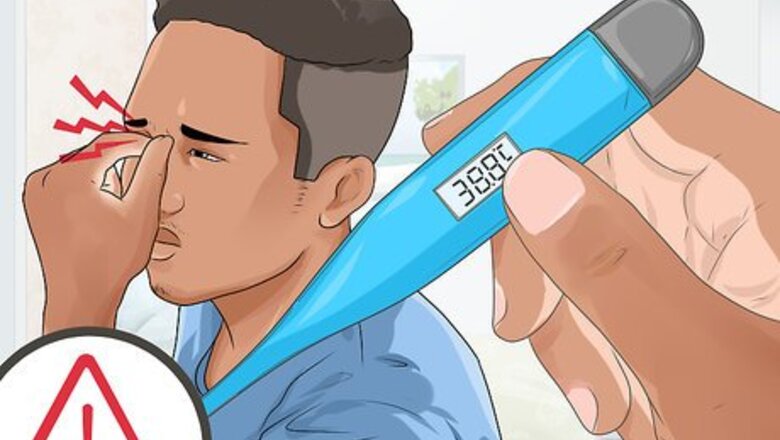
views
Watching for Clinical Signs of Infection
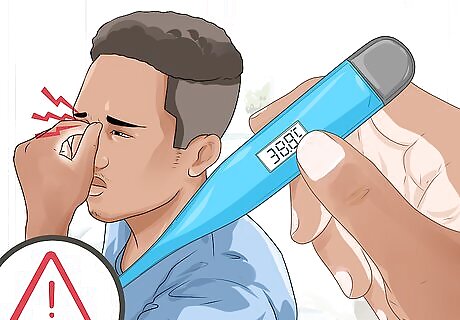
Look for flu-like symptoms. Rabies often manifests as flu-like symptoms early on -- usually within two weeks of infection. Thus, many people incorrectly assume that they are suffering a semi-regular illness rather than a life-threatening ailment. Flu-like symptoms might appear as: Weakness Fever Headache General discomfort.
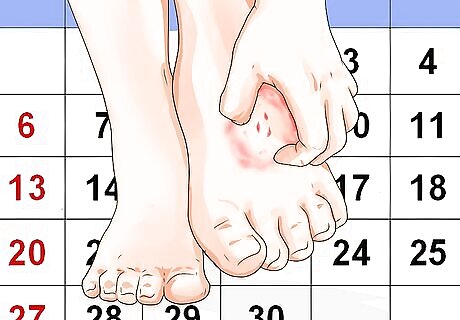
Check for an itching or prickling sensation at the point of infection. After being infected, the initial point of infection may begin to exhibit an itching or a prickling sensation. This is one of the earliest clinical signs of infection. Itching may begin to occur within several days after initial infection. Itching may or may not be accompanied by redness or other signs of a bacterial infection. The wound might also have a tingling sensation. Have a medical professional evaluate any animal-inflicted wound that looks or feels strange.

Observe loss of cognitive ability. The loss of cognitive ability is the most serious sign of rabies infection. Once a person exhibits cognitive deterioration, the condition is usually fatal and the only treatment available is supportive. A rabies infected person may exhibit: Delirium Abnormal behavior Hallucinations Insomnia Confusion Anxiety and agitation.
Identifying the Point of Infection
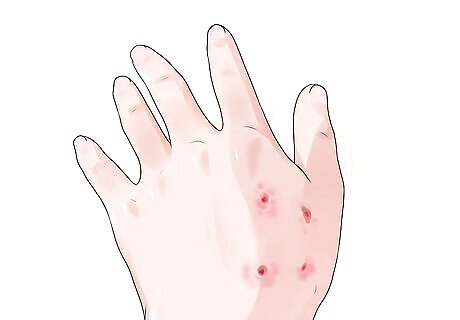
Look for a bite. The most common way that people are infected with rabies is when they are bitten by a wild, feral, or unvaccinated animal. Ultimately, bites by animals should be treated with caution because of the many diseases that can be transmitted through them. The saliva of an infected animal is the most common way that rabies is spread. Any bite by a wild, stray, or feral animal should get immediate medical attention. Assume that an animal carries rabies unless someone can present you with documentation that the animal has been vaccinated.
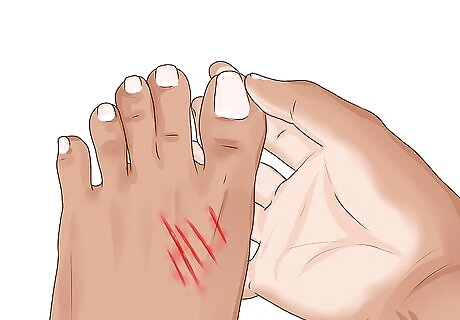
Pay attention to scratches. While bites are the most common way that rabies are transmitted to us, the disease can also be transmitted by scratches. Thus, you should consider all animal-inflicted wounds as a possible way that the rabies virus can be introduced into your body. Never dismiss a small scratch as a risk. Even small scratches pose the risk of rabies infection. Scratches inflicted by feral or stray cats and dogs may spread rabies. The most common way for scratches to transmit rabies is when an infected animal’s saliva is involved.
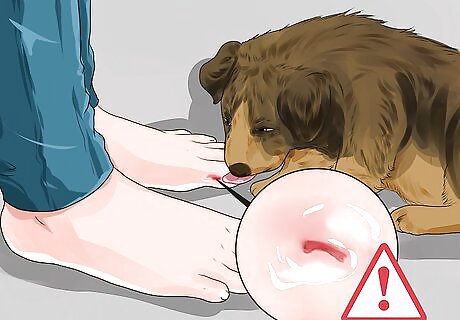
Observe an open wound that has been exposed to an infected animal. While animal-inflicted wounds are the most common way that rabies is spread, it can also be introduced into pre-existing wounds. Fresh wounds and wounds that have not scabbed over are very susceptible to rabies infection. Any wound or injury that is bleeding and comes in contact with the saliva of an infected animal offers a risk of rabies infection.

Think about your interactions with animals. The majority of rabies infections are associated with particular wild animals. Animals that commonly carry rabies include: Bats Raccoons Skunks Woodchucks Foxes Wolves.
Seeking Medical Treatment and Contacting Authorities
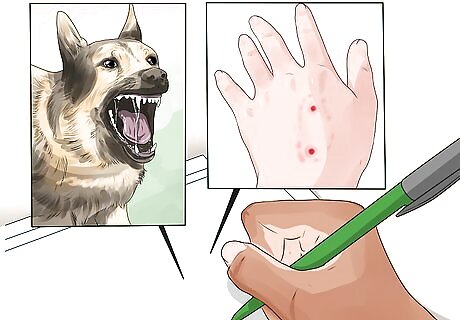
Gather information about the incident. When seeking medical treatment, you'll need details about the incident and the suspected rabid animal. This information will help medical professionals treat you and help authorities protect public health. Determine what type of animal is responsible. If possible, find out if a dog is stray or belongs to someone. Figure out if the animal was provoked, teased, or scared before biting. Find out the animal’s vaccination status. Describe whether the animal was sick, injured, or appeared in good health.
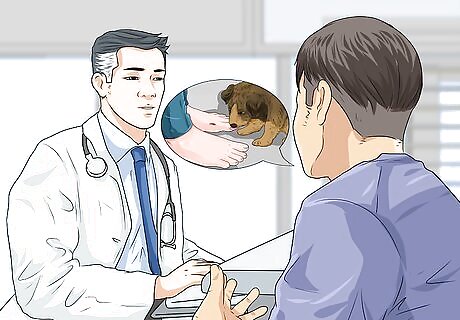
See a doctor immediately if you suspect you’ve been exposed. Never delay seeking medical help after you suspect being exposed to rabies, whether you’ve been bitten or not. Without immediate medical attention, you’ll be putting your life at risk. Rabies can only be treated in a brief window before the infection takes hold. When you seek treatment, a doctor will: Cleanse the wound with soap and water. Irrigate the wound with a solution to kill any virus or bacteria present. Apply topical antibiotic ointment.
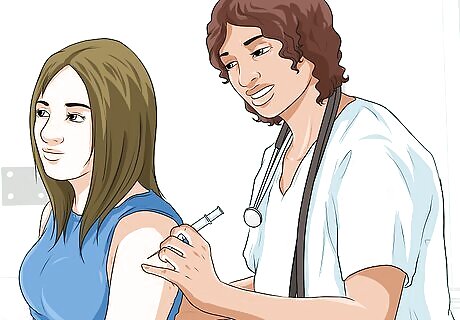
Vaccinate yourself against rabies. The most common course of action, if it is determined you are at risk for contracting rabies, is to be vaccinated against it after seeking medical treatment. Immediate vaccination is the only way to prevent rabies from spreading and infecting you. There are two vaccines: A fast-acting shot to prevent the virus from infecting you, and a series of rabies vaccines to help the body learn to identify and fight the virus. Vaccination needs to be done immediately. Vaccination is perhaps the only way to prevent death of an infected person. Vaccination should only be done if you have not previously been exposed or vaccinated. The rabies vaccine will be administered in the deltoid muscle of your upper arm. Children may receive theirs in the thigh. You may need to visit a hospital or contact county or state health authorities if your doctor does not have the vaccine on hand.

Call local authorities. After seeking medical treatment, make sure to call animal control and other authorities to report the animal suspected to be carrying rabies. Without reporting it, your local authorities will be unaware of a potential rabies outbreak among wild or domestic animals. Animal control may attempt to capture or euthanize the animal. In many cases, animal control will turn over the animal to a pathologist who will conduct an examination on the deceased animal’s brain tissue. This is the only way to confirm rabies infection. You may also consider contacting your local, state, or county health department to inform them of the attack.




















Comments
0 comment